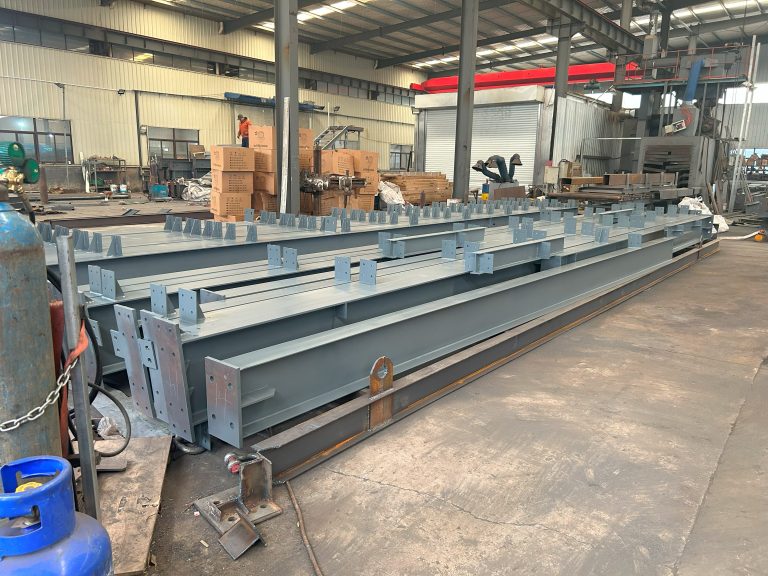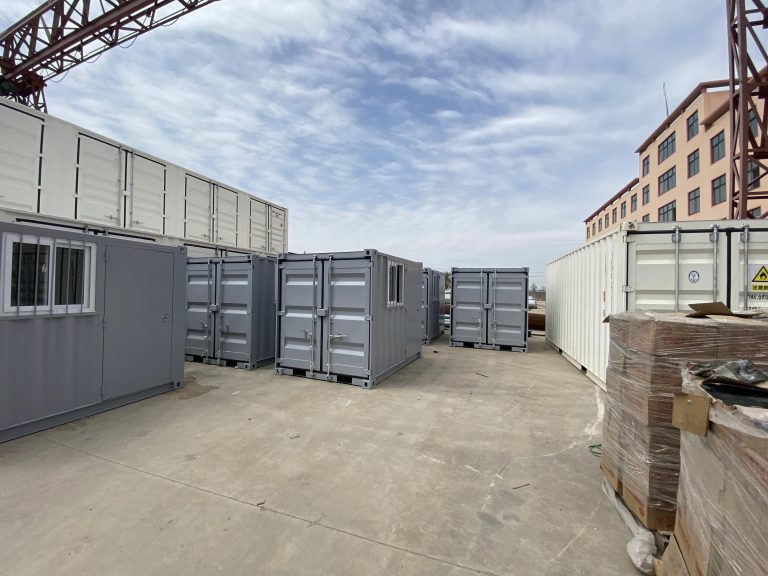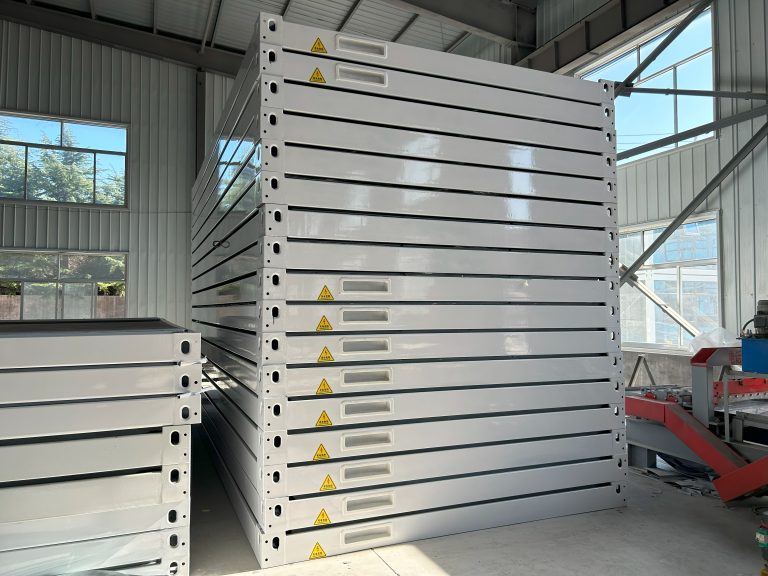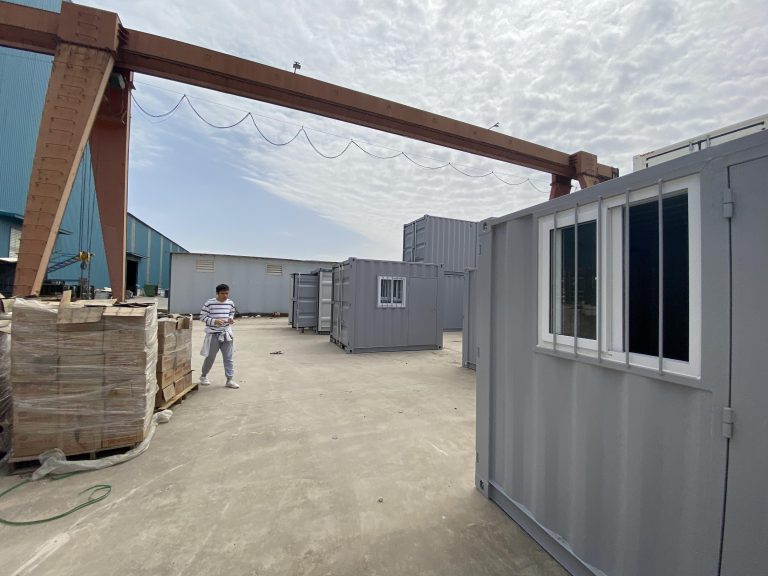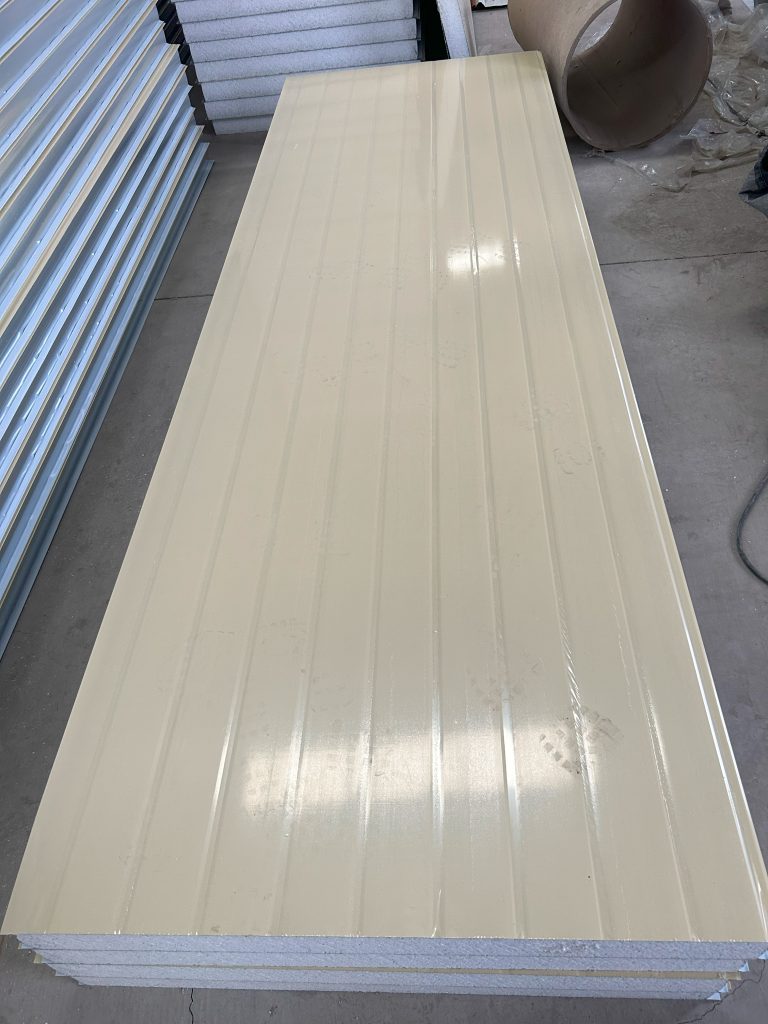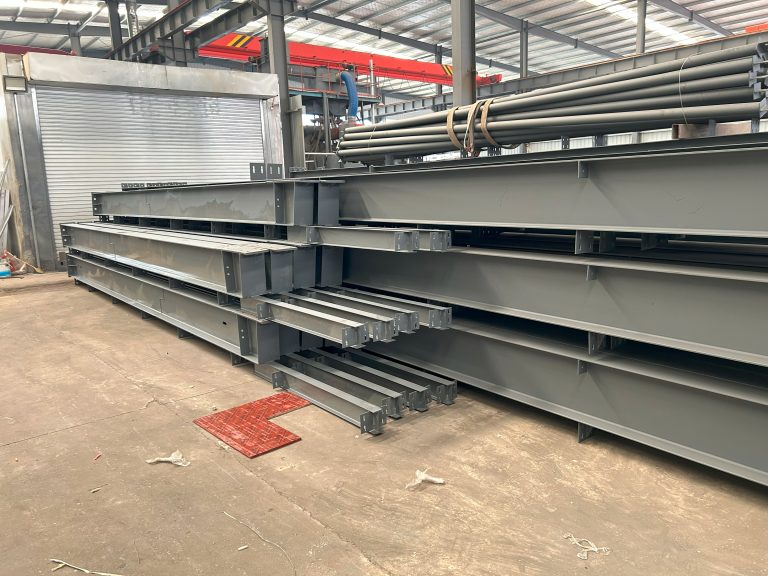Remote monitoring and maintenance strategy of box house in residential construction
Inhoudsopgave
Benefits of Implementing Remote Monitoring and Maintenance Strategy for Box Houses in Residential Construction
Remote monitoring and maintenance strategies are becoming increasingly popular in the construction industry, particularly in the realm of residential construction. One specific area where these strategies are being implemented is in the construction of box houses. Box houses, also known as modular or prefabricated homes, are constructed off-site in a factory setting and then transported to the final location for assembly. Implementing remote monitoring and maintenance strategies for box houses can offer a wide range of benefits for both homeowners and construction companies.
One of the key benefits of implementing remote monitoring and maintenance strategies for box houses is the ability to track and monitor the performance of various systems and components in real-time. By utilizing sensors and other monitoring devices, construction companies can keep a close eye on the structural integrity of the house, as well as the performance of HVAC systems, plumbing, and electrical systems. This proactive approach to maintenance can help identify potential issues before they escalate into costly repairs, ultimately saving both time and money for homeowners.
In addition to real-time monitoring, remote maintenance strategies can also streamline the process of scheduling routine maintenance tasks. By utilizing data collected from sensors and monitoring devices, construction companies can create predictive maintenance schedules that are tailored to the specific needs of each box house. This proactive approach to maintenance can help extend the lifespan of various systems and components, ultimately reducing the need for costly repairs and replacements down the line.
Another benefit of implementing remote monitoring and maintenance strategies for box houses is the ability to remotely diagnose and troubleshoot issues. In the event that a problem arises, construction companies can use remote monitoring technology to quickly identify the root cause of the issue and develop a plan for resolution. This can help minimize downtime and disruption for homeowners, as well as reduce the need for costly on-site visits from maintenance personnel.
Furthermore, remote monitoring and maintenance strategies can also enhance the overall safety and security of box houses. By utilizing sensors and monitoring devices, construction companies can keep a close eye on various safety-critical systems, such as smoke detectors, carbon monoxide detectors, and security cameras. This proactive approach to safety can help ensure that homeowners are protected from potential hazards and threats, ultimately providing peace of mind for both homeowners and construction companies.
In conclusion, implementing remote monitoring and maintenance strategies for box houses in residential construction can offer a wide range of benefits for both homeowners and construction companies. From real-time monitoring and predictive maintenance scheduling to remote diagnostics and enhanced safety and security, these strategies can help streamline the maintenance process, extend the lifespan of various systems and components, and ultimately save time and money for all parties involved. As technology continues to advance, it is likely that remote monitoring and maintenance strategies will become an integral part of the construction industry, particularly in the realm of residential construction.
Best Practices for Ensuring Effective Remote Monitoring and Maintenance of Box Houses in Residential Construction
Remote monitoring and maintenance have become essential components of modern residential construction, especially when it comes to box houses. These structures, characterized by their simple and efficient design, require a proactive approach to ensure their longevity and functionality. In this article, we will discuss the best practices for ensuring effective remote monitoring and maintenance of box houses in residential construction.
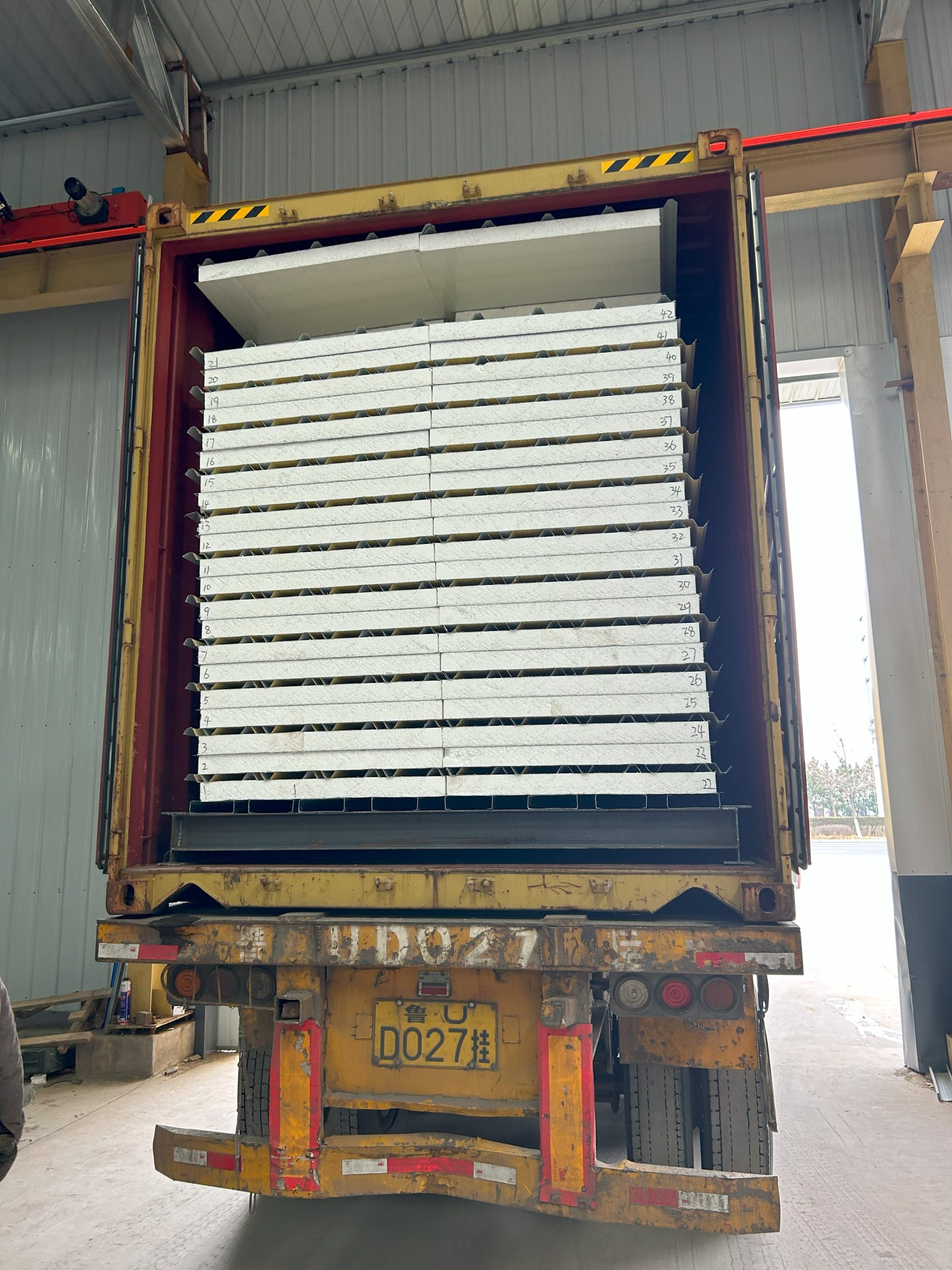
One of the key aspects of remote monitoring and maintenance is the use of advanced technology. By incorporating sensors and monitoring devices into the design of box houses, builders can track various parameters such as temperature, humidity, and structural integrity in real-time. This data can be transmitted to a centralized system, allowing for timely intervention and preventive maintenance measures.
In addition to technology, regular inspections and maintenance checks are crucial for the upkeep of box houses. Remote monitoring can help identify potential issues before they escalate, but it is essential to have a maintenance schedule in place to address any issues promptly. This can include tasks such as cleaning gutters, inspecting roofing materials, and checking for signs of water damage or pest infestations.
Furthermore, establishing a communication protocol is vital for effective remote monitoring and maintenance. Builders should ensure that homeowners are aware of the monitoring system in place and how they can report any issues or concerns. Clear communication channels can help streamline the maintenance process and ensure that any problems are addressed in a timely manner.
Another best practice for remote monitoring and maintenance of box houses is to prioritize sustainability and energy efficiency. By monitoring energy consumption and implementing energy-saving measures, builders can reduce the environmental impact of these structures and lower utility costs for homeowners. This can include installing energy-efficient appliances, using sustainable building materials, and incorporating renewable energy sources such as solar panels.
Moreover, proactive maintenance is key to extending the lifespan of box houses. By conducting regular inspections and addressing any issues promptly, builders can prevent costly repairs and ensure the long-term durability of these structures. This can include tasks such as repainting exterior surfaces, sealing cracks and gaps, and replacing worn-out components.
In conclusion, remote monitoring and maintenance are essential for ensuring the effectiveness and longevity of box houses in residential construction. By incorporating advanced technology, establishing a maintenance schedule, prioritizing sustainability, and practicing proactive maintenance, builders can create resilient and energy-efficient structures that meet the needs of homeowners. By following these best practices, builders can ensure that box houses continue to be a viable and sustainable option for residential construction in the future.

